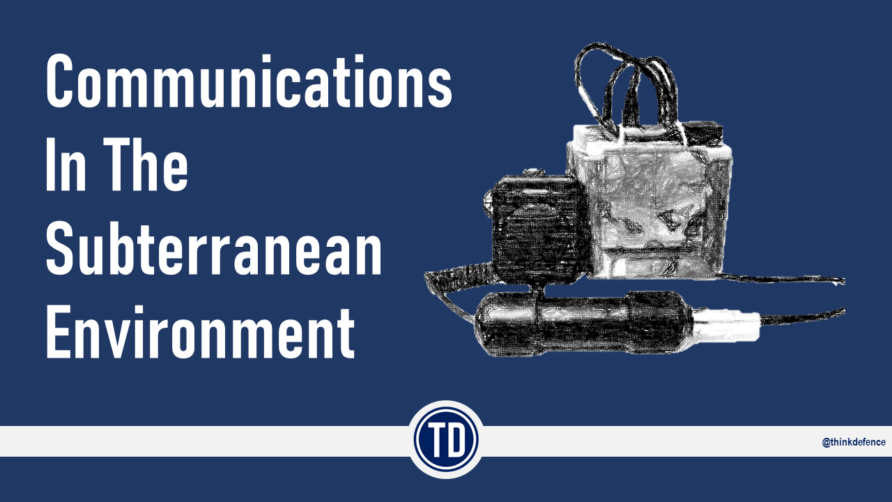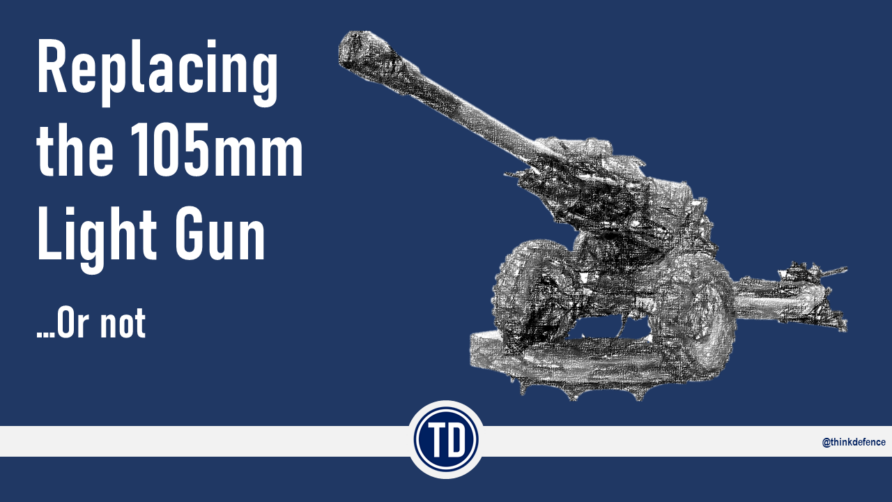The power tool batteries market is vast, in 2020, it was worth $21 Billion and is projected to reach more than $41 Billion by 2030. Volumes like this mean two things; because it is a hugely competitive marketplace place costs will be under constant downward pressure and innovation will be rapid.
The Dewalt Flexvolt and Makita LXT/XGT are two examples of such innovation, both allowing larger tools to use batteries, especially those more traditionally powered by internal combustion engines. Makita has also developed a battery backpack that allows multiple batteries to be held off the tool, thus relieving fatigue and extending run time.
The elimination of two-stroke internal combustion engines is a significant safety and convenience advantage, and in some locations, California for example, portable tools that use petrol (gas) are scheduled to be banned in a few years.
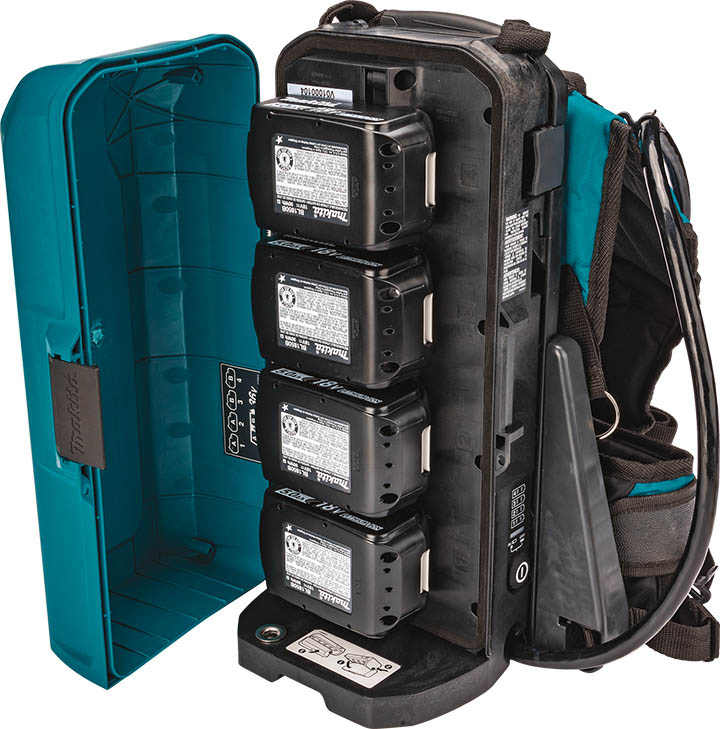
The Dewalt Flexvolt system can also automatically provide either a higher power or a longer duration, depending on the tool. The battery intelligently adjusts depending on the tool. This is also used in the Powerstation product, essentially an inverter/power bank product that uses standard Flexvolt batteries
At a smaller scale, providing 5v USB charging points from a simple battery adapter is commonplace, with some having an inverter for higher voltages

With so much volume and innovation, this raises a simple question, can defence exploit the power tool battery market?
Where soldiers use construction tools for non-explosive means of entry, equipment maintenance or other combat engineering tasks, of course, they can, and do.
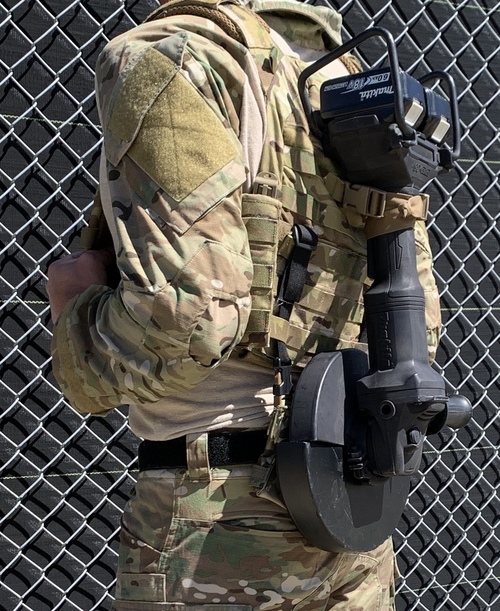
A great deal of portable defence equipment uses batteries, not just button cell or AA-type disposable batteries. Communications, ECM, and all manner of surveillance equipment will often use bespoke batteries.
A recent Thales brochure discussing rechargeable batteries described the weight of batteries carried by infantry soldiers.
The weight of batteries carried by modern combat infantry is striking. This is largely driven by the widespread use of primary batteries. According to a 2011 article, a typical Canadian soldier may carry a set of fifteen AA batteries and two CR123 batteries upon exiting a forward operating base. If a mission is expected to last more than three hours, a further set of batteries will be carried. Once the expected mission time exceeds 24 hours, a soldier will carry a third set of AA and CR123 batteries – a total of 51 batteries. Another 2011 article reported that the average weight of batteries carried by US Army combat personnel in Afghanistan could amount to 4.5kg (10lb) – with some soldiers carrying 11.7-13.2kg (26-29lb) depending on their battlefield role. British soldiers are also expected to carry a considerable burden in order to power their electronic equipment. In 2012 it was reported that British infantrymen could carry 12.3kg (27.1lb) in batteries for a 36-hour patrol
Standardising on a reduced number of form factors would certainly help, and the power tool market has recently seen some movement to battery alliances that share form factors across multiple manufacturer ranges.
The world of batteries is complex enough, with numerous applicable national and international standards, before we even enter the world of defence standards.
| IEC 60050 | International electro technical vocabulary. Chapter 486: Secondary cells and batteries. |
| IEEE 1625 | Standard for Rechargeable Batteries for Mobile Computers |
| ANSI C18.3M | Portable Lithium Primary Cells and Batteries – General and Specifications |
| BS G 239:1987 | Specification for primary active lithium batteries for use in aircraft |
To name but four, and there are hundreds.
Perhaps the most significant difference between power tool batteries and defence batteries is their operating environments. Defence has much more demanding emissions, wider operating/charging temperature ranges and shock/water resistance, often described in their standards.
| DEF STAN 61-17 | Requirements for the selection of batteries for service equipment |
| DEF STAN 61-21 | General specification for batteries. (Includes a long series of supplements for individual battery types) |
The UK has some innovative and successful defence battery manufacturers, Lincad, Denchi and Steatite.
A casual browse of their product catalogue shows that batteries are not just batteries, having integral discharge (for air carriage), ruggedised connectors and diagnostic interfaces.
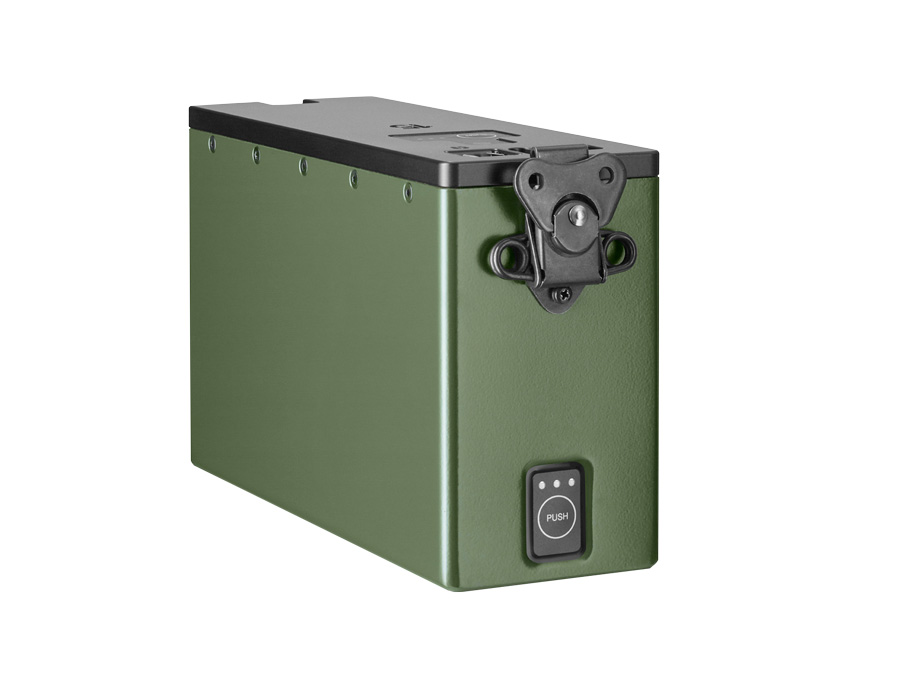
They will typically be in complex systems with chargers, conditioners, and multi-battery management systems, all having military compliance.
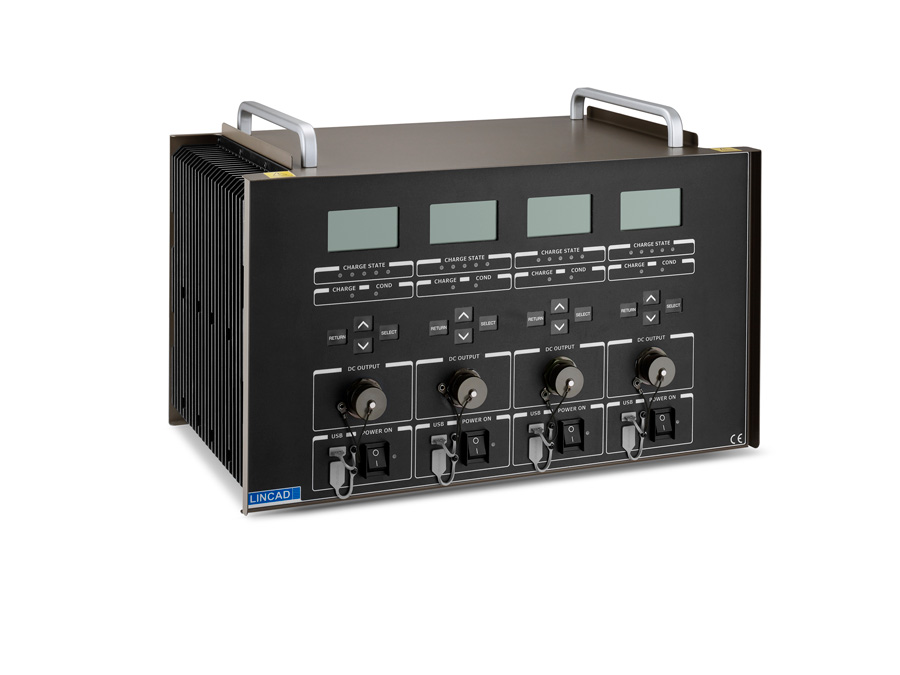
It might be tempting to think power tool batteries can just be dropped into the military portable power ecosystem, but at first glance, it would appear the unique physical, electrical and environmental requirements, would exclude this.
That said, it remains an intriguing possibility and maybe one worth examining further, especially as newer systems like the pouch battery technology in the new Dewalt Power Stack range become more widespread.
Arguably, defence batteries are niche, too niche to benefit from the 20-30-odd billion-dollar power tool battery market.
A shame, that is.
Read more (Affiliate Link)

Discover more from Think Defence
Subscribe to get the latest posts sent to your email.

